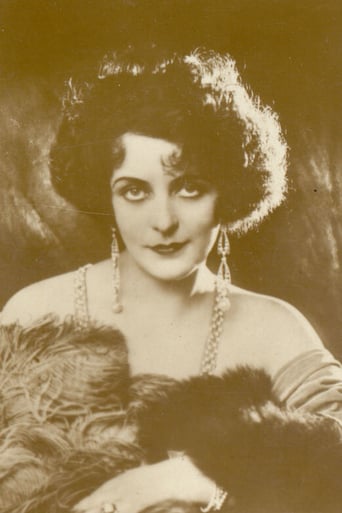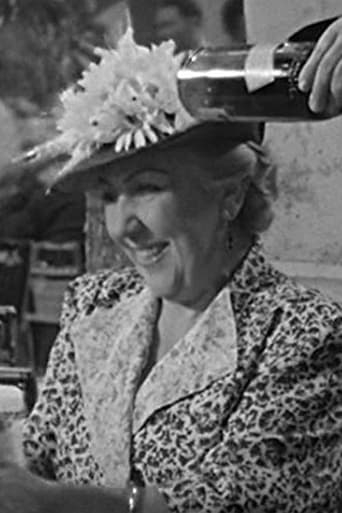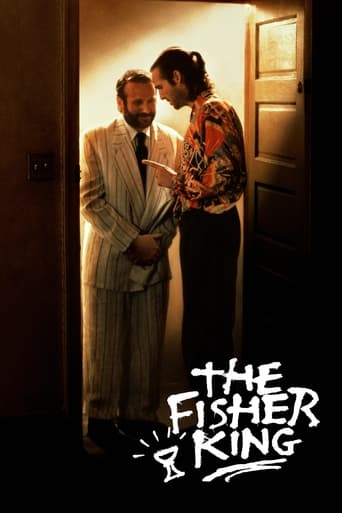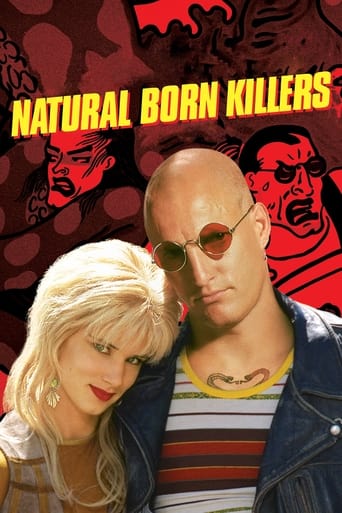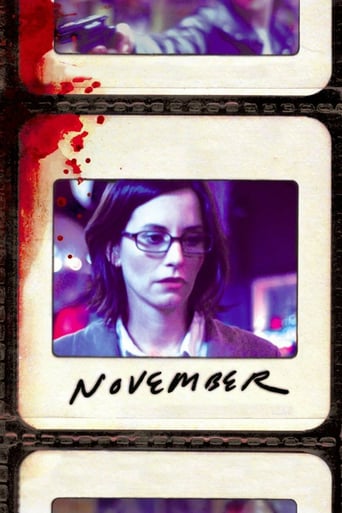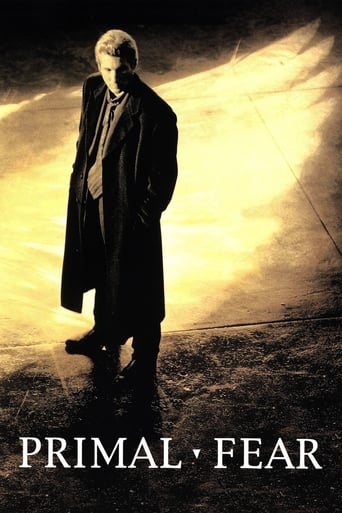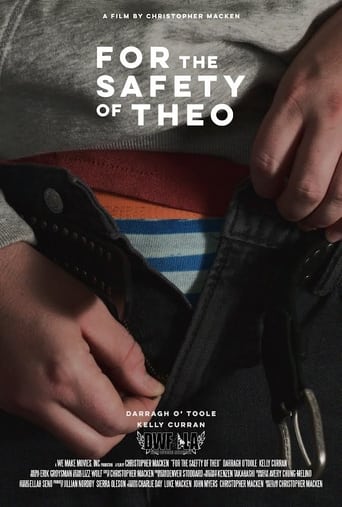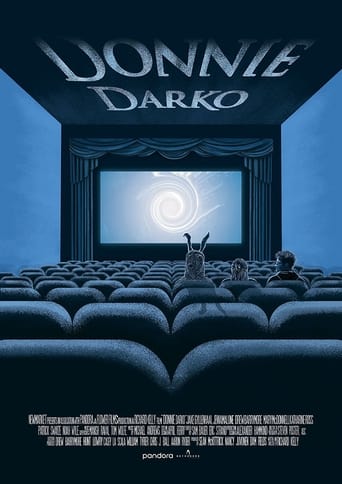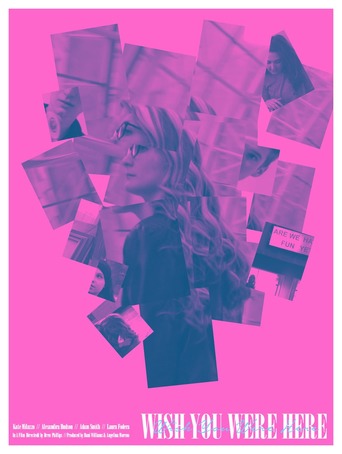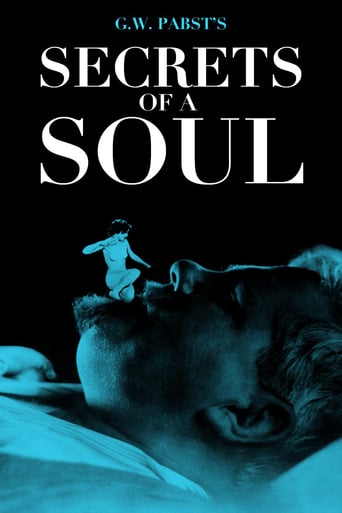
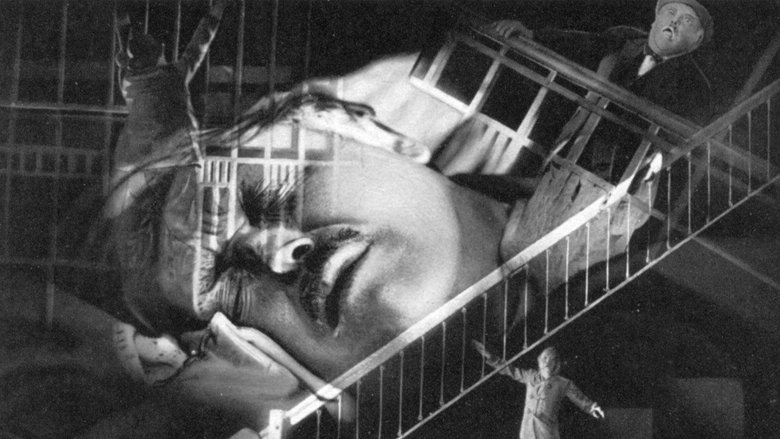
Secrets of a Soul (1926)
Werner Krauss, who had played the deranged Dr. Caligari six years earlier, stars as a scientist who is tormented by an irrational fear of knives and the irresistible compulsion to murder his wife. Driven to the brink of madness by fantastic nightmares (designed by Ernö Metzner and photographed by Guido Seeber in a brilliant mix of expressionism and surrealism), he encounters a psychoanalyst who offers to treat the perplexing malady.
Watch Trailer
Cast


Similar titles
Reviews
Such a frustrating disappointment
This story has more twists and turns than a second-rate soap opera.
It's an amazing and heartbreaking story.
It is an exhilarating, distressing, funny and profound film, with one of the more memorable film scores in years,
Freudian psychiatry was all the rage back in the 1920s. It was the first psychotherapy and did much to popularize the notion of individual therapy to cure mental illness. And, not surprisingly, it was particularly popular in the German-speaking world. So, the fact that the German film maker G.W. Pabst would make a film based on Freud's theories isn't surprising at all. Just understand that since this type of therapy was the first, much of his work today might be seen as quaint or even obsolete. This isn't a slam against Freud--as he had to start somewhere. But the film's HUGE reliance on symbolism, insight and long-term treatment are, for the most part, not part of most therapies today--so don't expect this is like therapy in the 21st century. It's because of this that the film makes a wonderful viewing experience for psychology students--to understand the history of the treatment of mental illnesses. It brings to life Freud's ideas and shows the style of treatment he popularized.The story is about a couple--in particularly the husband. For unknown reasons, he's recent had a fantasy of stabbing his wife! Fortunately he realizes this is sick and is seeking help from a psychotherapist. After months of probing into his conscious and unconscious, the man's deep-seeded neurosis is uncovered and cured. And, as a result the marriage is saved and the family has a happy ending.The film has some wonderful dream sequences and lots of deliberate symbolism--and I thought this was all very clever. However, as an ex-psychology teacher and therapist, I was intrigued that the film makers did explore many common themes in Analytic psychology BUT a couple very obvious interpretations were never mentioned in the film--possibly because they were much more sexual than the interpretations given in the movie (though most therapists of the day would have seen them). First, there was LOTS of phallic imagery but the film never went there to discuss them. Any analytic therapist of the day would have jumped at the thrusting of the knife scene by the patient as well as his feelings of impotence. Also, his desire to kill her specifically with a knife is, according to Freudians, a VERY sexual sort of killing--again, with STRONG phallic connotations! I thought this was pretty funny--along with phallic images of trains and towers in the film--all of which, again ACCORDING TO FREUDIANS, would represent the sex act and sex organs. Now I am not saying I believe all this, but classical Analytic theory is based on this sort of interpretation...really.Overall, great fun for me, as in addition to psychology, I have taught history and this film is a great way to combine the two disciplines. I am sure this is not everyone's cup of tea--but it was, at least to the right audience, quite interesting--and one of the very earliest films to explore the Freudian/Analytic style of thinking and conceptualizing illness.By the way, if you enjoy movies about phallic imagery, dream interpretations and the like, try watching the COMPLETE Hitchcock film "Spellbound". I say complete, because Salvador Dali helped create a Freudian dream sequence that is great fun to watch but which in some versions is truncated. Also, Dali made an experimental film for Disney that was never released that is based on Freud's work that only recently has surfaced on the internet. It's wild and worth finding as well.
Although I am no fan of psychoanalysis and Freud, this film is worth a watch for the cinematographic techniques and the visuals. The story is a bit bland, but it does give the viewer a taste of what psychoanalysis is.My favourite scene would definitely have to be the dream scene, hands down. Every section of the dream is so well done that I wonder how Pabst filmed such things. There are some crazy things going on like a gate that grows really high, the husband (Krauss) flying and then getting shot down, a montage of his wife (Weyher) and friend/wife's cousin, and the baby coming out of the river are surreal. I really can't come up with another word to describe the dream scene. My personal favourite out of all these has to be when the bells turn into heads. I can't really figure out who the head on left belongs to (I think it's either a nurse or someone who works in his house), but the one in the center is his wife and the one on the right is his assistant (Walther). When I first saw the scene, I almost yelped because it creeped me out and it really must have been a terrifying thing to see because apparently the laughter was something that the protagonist (the husband) couldn't get out of his head. I wish that I can supply more screencaps from this film, but then it would just crowd up the entry. Oh well. Going on, the dream really brings together events from past, present, and his unconscious because the presents he received from his wife's cousin (Trevor) are in the scene, the creepy doll/baby reflects the protagonist's want for a child but also reflects a scene from his childhood, the totally crazy wife-stabbing scene triggers the protagonist's fear of knives, his jealousy over his wife's cousin, and his odd impulse to kill his wife.Throughout the film there are various motifs, repetitions and recreation of certain scenes, and symbolism. The very first motif in this film would be knives. The very first shot of the movie is of the husband's razor and whenever there is a knife/sharp object in the scene, it is always emphasized with an insert shot. Most of the time, the ones that usually have an insert shot are shown twice: the first time is when the husband isn't scared of them and the second time is when the husband is afraid to touch or see them. So what could this mean? It seems silly to be scared of knives, right? This is when the psychoanalytic part comes in. His fear of knives symbolize his insecurity about his masculinity. Out of all the knives, the one that the cousin gives him is the biggest and longest one and his jealousy of his wife's cousin is exposed later in the film. This could be tied into him being insecure because he still does not have a child and of course, the knife can be a phallic symbol. In Picture 3, the shadow you see is of the cousin and notice where his head is? Yes, between the wife's legs! And then it cuts to the husband's face where he look uncomfortable to see the shadow. In addition to the whole knife = masculinity argument, his fear of knives makes him even less masculine because he becomes a little kid who can't take care of himself. His mother has to cut his food for him when he isn't there and on top of that, she cuts them into little pieces! Now that I think about it, a lot of the motifs refer to the husband's want for a child and not having one, which connects to his masculinity. I can list quite a few, but I'll just discuss one more! The prison bars/gates in the dream scene prevent the husband from going to certain places, particularly places where his wife and her cousin are. Gates would prevent him from going near his wife and her cousin multiple times in the main dream scene and in his other one where his wife is part of an orgy-like scene. In a scene of the present, there is a scene when the husband returns home and the psychoanalyst says that he looks reluctant to go back to his own house. The gate is what separates him from his wife and her cousin inside the house. Maybe he doesn't want to go because he's scared that he'll see them together like he saw in his dream. Another thought I had was that the gate was also a symbol of how he will reach his cure. By meeting the psychoanalyst and having the psychoanalyst returning the key so that he can go home, the psychoanalyst is "opening the gate" to his cure. Just a thought. And talking about symbolism, see Picture 1 because the tree represents the couple's marriage and their hopes for a child, but while the tree grows, they don't have a real child.
At the beginning of the last century, Herr Sigmund Freud was a notorious Austrian neurologist and psychiatrist who was famous for his innovative studies of mental diseases and the complicated unconscious mind. This led him to found psychoanalysis and write "Die Traumdeutung" ( The Interpretation Of Dreams ) a turning point in modern psychiatry that claimed the path to the unconscious could be found in dreams. Since aristocrats usually have nothing in their minds, psychoanalysis could do little to fill such a void but was very useful for average people whose more accessible simple minds made them good subjects for these innovative psychiatric methods."Geheimnisse Einer Seele" ( Secrets Of A Soul ) (1926) , directed by Herr G. W. Pabst, an Austrian like Herr Freud, is about this new psychoanalysis, a subject in fashion in Germany due to the complex and confused Teutonic minds, that Herr Pabst efficiently and aseptically describes in this film.The film is famous for its notorious dream sequence in which a chemistry professor's unconscious fears come to the surface and threatens his marriage. It is all connected to an incident in the neighbourhood and the return of his wife's cousin from India.The first half of the film shows the tranquil and bourgeois life of the professor together with his wife and the (at first) unimportant events that little by little will affect the professor's unconscious and will take shape in a traumatic dream. This is the most unique and interesting part of the film, the late Expressionist dream sequence, a nightmare, a nonsense puzzle that during the second half of the film will be analyzed and described with the help of a psychoanalyst, natürlich!.Herr Pabst, due to his Teutonic and organized human nature, describes and solves every little detail shown during the powerful dream sequence with the knowledgeable help of the psychiatrist of the film; a coherent, logical and aseptic analysis that lacks emotion and rhythm so there is no room for mystery. The story also has a conservative and too conventional happy ending that throws the film a bit off balance and is too predictable given the odd subject matter.That's what happens when you are an open-minded and common person, your innermost secrets are easily revealed, so unlike the wicked, empty and inscrutable aristocratic minds.And now, if you'll allow me, I must temporarily take my leave because this German Count must wake up.Herr Graf Ferdinand Von Galitzien http://ferdinandvongalitzien.blogspot.com/
Although it has an enormous reputation as a classic example of German Expressionist Cinema, "Secrets of a Soul" turns out to have very few of these pictorial elements. That reputation was obviously built on the opinions of critics who had not actually seen the movie but had referenced the illustration reproduced on the poster. It is not a still from the movie at all, but a composite made up by the publicity department.Admittedly, we do see the various dreams individuallyand they are even briefly reprizedbut even so, they constitute but an extremely small part of the movie which mostly centers on the well-off but distinctly middle-aged hero's sudden aversion to his young and extremely attractive wife.I realize that this was obviously not the scriptwriter's intention, as it appears from the flashback that the three participants are roughly the same age. The casting, however, particularly of the 25-year-old Weyher, as well as youngish Jack Trevor, makes nonsense of this supposition. We are forced to accept the movie in the way it appears on the screen, not in the way it was postulated in the minds of the screenwriters.I suppose you could argue that the dreams are presented in an expressionistic fashion (though I would disagree), but you can't get away from the fact that they display little visual imagination. And in any event, they occupy very little screen time.As the middle-aged lead, Werner Krauss does extremely well in conveying the domestic disparity he suffers with his young wife. He has obviously been married for at least five or six years and his attitude is not so much loving, as reserved, suspicious, ill-tempered and even resentful. As said, this was probably not the way Neumann and Ross intended, but it's the way Krauss plays the role and, more importantly, the way Pabst has directed it. So what have here is not so much expressionism, as a moderately gripping domestic drama.



